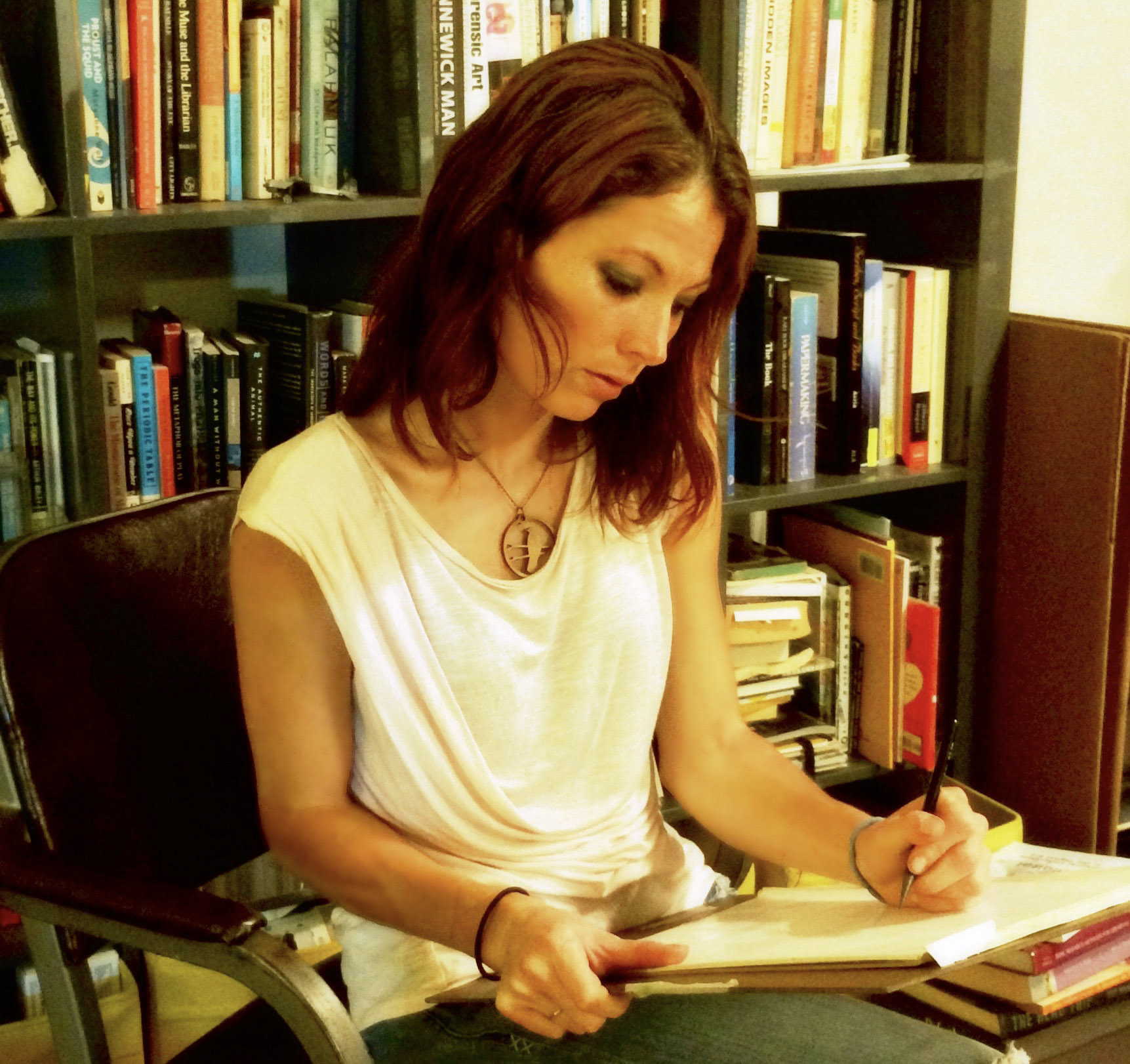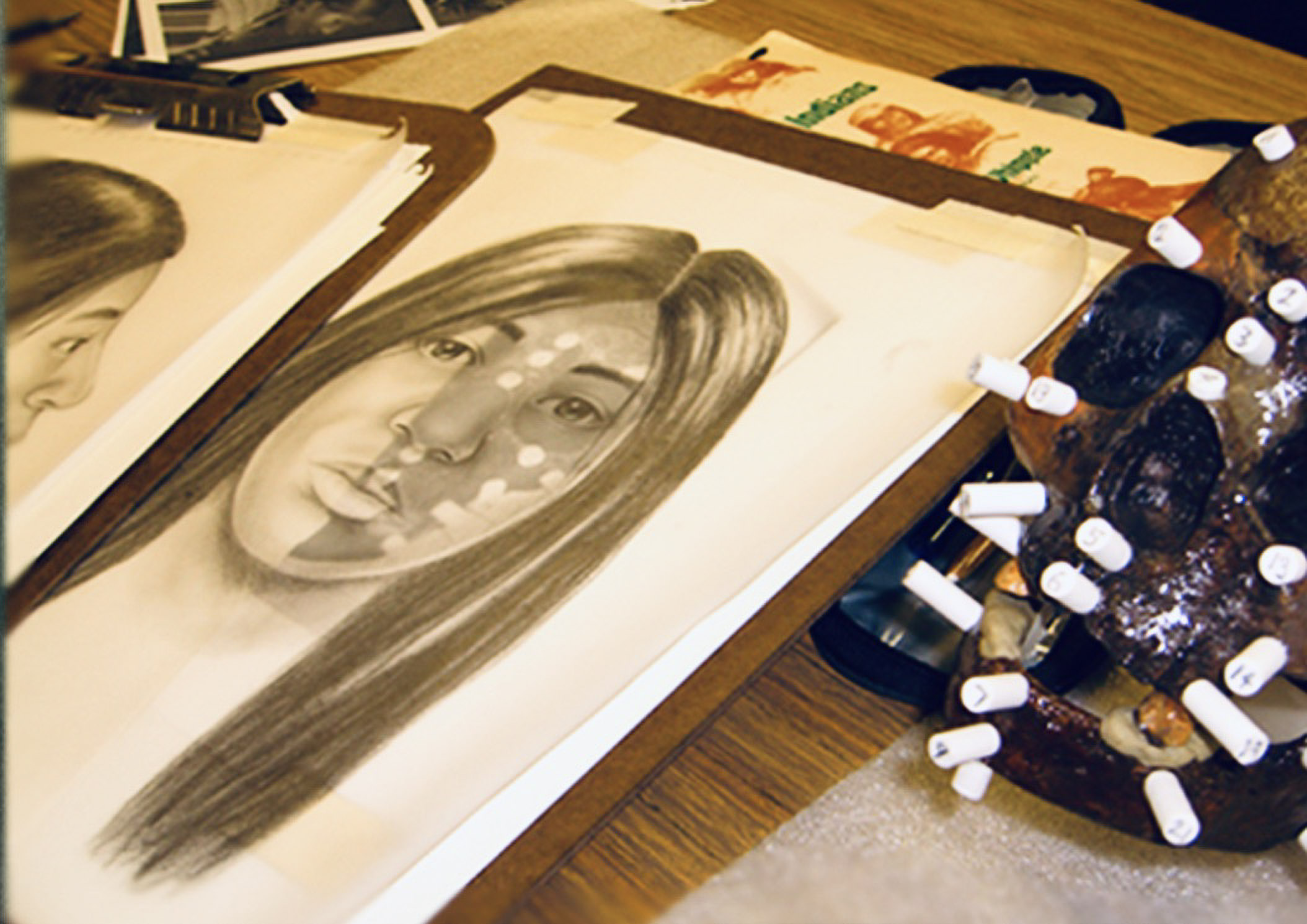Ever wanted to make a career move that would get you one step closer to helping solve cold cases—that doesn’t mean becoming a detective?
How about becoming a Sketch Artist?
While other art-loving kids created landscapes and animals, cartoon characters and designs, Melissa R. Cooper was obsessed with sketching every detail of the human eye.
“I could work on an eye, forever and ever, ” this California resident said with a laugh.
In college, she studied art history and “entered the art gallery world.”
But outside of the gallery scene, Cooper continued to sketch every detail of eyes.
While attending a one-on-one forensic art workshop with well-known composite artist Gil Zamora, Cooper sat in the back of a room to observe while Zamora created a composite with a witness to a crime.
As she waited to see Zamora’s sketch, Cooper did a sketch of her own.
Her sketch was a near match to Zamora’s.
A few days later, Zamora sent an email that simply stated, “We got the guy.”
Immediately, Cooper was hooked on how sketching, with help from another person’s memory, could lead to justice and peace of mind for families. But also, she finally understood why shapes and sizes of eyes had been so important to her for more years than she could count.
Forensic art was her destiny.

Partnering with investigative teams
Hoping to break into the field, Cooper interviewed in 2007 for a position in the records department at the Santa Monica Police Department.
During the interview, she shared her interest in becoming a forensic artist.
“Within a week, they had me meeting with investigators,” she recalled..
In addition, she often interviews crime victims while perpetrators’ features are still fresh in the memory.
Cooper admits that several of those situations are personally stressful.
“I’m trying to talk to someone who has just been sexually assaulted,” said Cooper, adding that along with gently encouraging details from a victim, detectives are impatiently waiting on the sketch so they can hit the streets, hoping to make an arrest.
When hired to do an age progression sketch for a malpractice suit, Cooper found herself testifying in court to defend her professional experience and credentials.
“The other side was trying to get the judge not to allow my sketches to be entered as evidence,” she said.
When trying to draw attention to a cold case for a missing person, law enforcement officers will often request that Cooper create an age progression sketch to print alongside the last photo of a missing person.

Beyond investigative work as a sketch artist
Private citizens also approach Cooper for age progression sketches. The majority of the time, the sketches are often affiliated with a family’s need for closure following the death of a loved one.
However, when she was once hired to do age regression for a family, the experience was initially challenging in a completely different way along with being emotionally touching for everyone. The parents explained that along with two biological children, they adopted a 10-year-old daughter from Haiti.
Since the little girl joined the family two years earlier, the majority of framed family memories on the walls of the home only featured her siblings.
With a photo of the adopted daughter at eight years of age along with a current photo, Cooper sat down to sketch age regressions of the daughter.
“I did one sketch of her as a toddler and one of her at maybe age six,” She said. “Then I added the siblings to that one of her as a six-year-old, to give the feeling of the siblings all growing up together. Her parents said she was so excited, running around to show it to everybody. The sketches gave her a history.”
With an art studio that literally fits in a bag, mobile and ready when her talents are immediately needed without notice, Cooper said she has never fallen out of love with the career choice that is never predictable or routine.
A few years ago, her obsession with eyes understandably shifted to a curiosity for all facial features.
“I’m always looking at faces,” Cooper said. “If I see a unique feature, I have to ask the person’s ethnicity.”
Though she does pay a lot of attention to entire faces, her interest also includes the shape of heads and faces.
But her love for human eyes and the stories they tell is always present.
“One thing that never changes in a person’s lifetime is the expression in their eyes,” Cooper said. “By preserving that, you are keeping the essence of them.”
